Using Home Dec Fabrics for Garment Sewing
Get gorgeous fabrics in the home dec department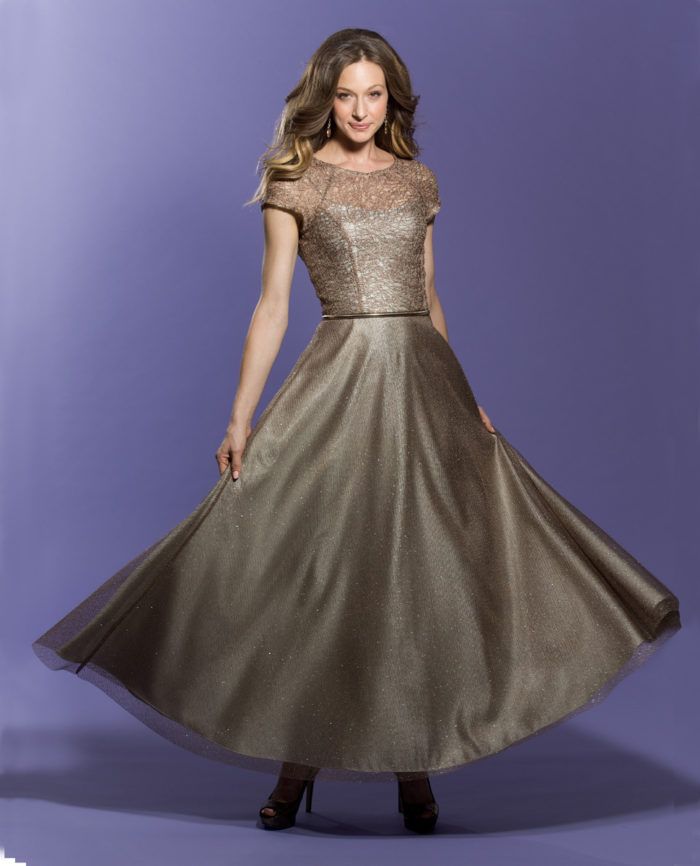
The next time you’re looking for a sumptuous fabric, make a visit to a home décor fabric store. If you avoid the home dec department in your local fabric store because of memories of stiff, rubber-backed monstrosities of yesteryear, venture forth—you’ll have a delightful surprise. We’ll show you some of the treasures you can unearth in a visit to the home décor department and how you may use these delicious decorator materials in garments.
Sure, these fabrics are perfect for upholstering everything—walls, cornices, chairs, stereo speakers, and lawn furniture. But there’s so much more: woven fibers that look like baskets; embroidered silks that have a Renaissance feel; velvet as heavy as carpeting; sheer, gauzy window dressing that’s as light as a spider’s web; and fabrics that block light and wind. There’s vinyl, oilcloth, canvas, leatherette, and faux suede as well as trims, fringe, and tassels.
Just take a stroll through the aisles, and it won’t be long before you’re seeing coats, jackets, blouses, handbags, and even evening gowns in those bolts of home dec fabric.
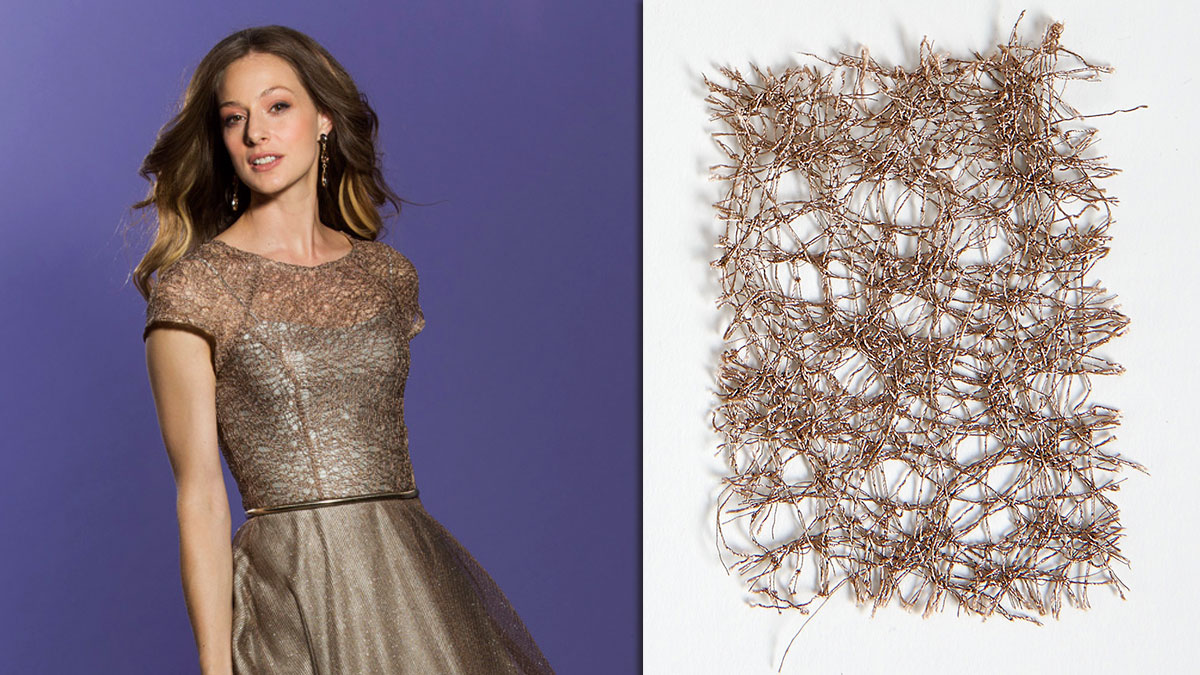
What’s the difference?
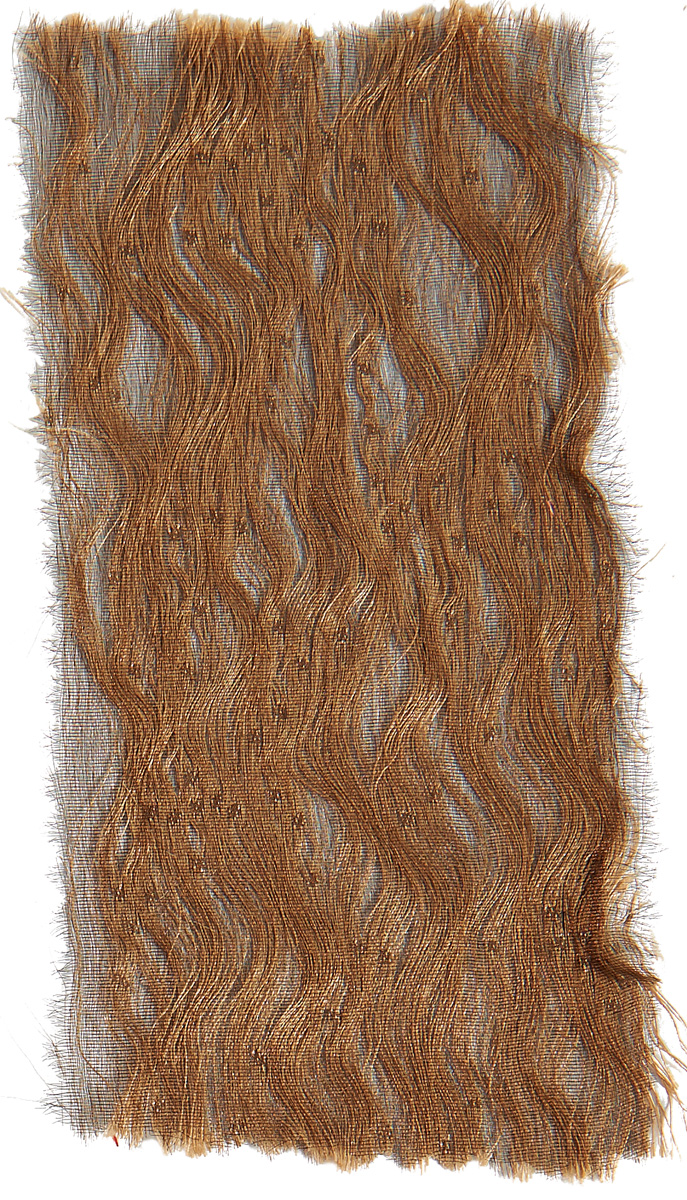
Home dec fabrics are usually stronger, heavier, and, in some cases, wider than similar garment fabrics. They are often in a comparable price range to the counterpart in a garment fabric. They have other advantages, too.
These fabrics are usually treated with finishes for stain protection. You can find the pattern you love in various colorways. And you can always find coordinating fabrics. The choices make for convenient and efficient wardrobe building.
Home dec fabrics also have a longer shelf life. It’s likely that a year from now you will still be able to buy the same fabric or a coordinating piece from the same collection. This enables you to continue to add to your wardrobe.
In some regions, home dec specialty stores are easier to find than garment fabric stores. Generous home dec departments also reside in the chain fabric stores, and usually less elaborate departments can be found in independent fabric stores, too.
Home Dec’s lighter side
Check out the drapery and curtain section for fresh-as-summer eyelets, batiste, and lawn. There are lightweight cottons in pierced and embroidered versions, stripes, and madras plaids perfect for blouses and sundresses.
The selection of cotton fabrics is amazing: twills and jacquards in countless colors, weights, and prints. Quilted versions and high-texture matelassé offer excellent jacket-weight opportunities. You’ll find gauzy and fine, feminine and frivolous, and rugged and hardworking wonders among the cotton fabrics. If you make your own jeans, this is the place to get original looks in pant weights.
Printed cotton jacquards combine texture with pattern. Try using a coordinating weave in a solid or print from the same design collection for matching separates.
Chintz or polished cotton moves away from its utilitarian function as slipcover material when sewn into fitted garments with coordinating fabrics and topstitched details. The stitched outlines add texture to the otherwise flat, yet colorful, material.
For other summer pace-setting possibilities, explore the linen fabrics. This is where you’ll find many print options. Make the softest blouse or a sturdy pair of pants in solids, prints, or a coordinated combination. Prewash your linens to soften them.

Celebrate silk
You likely buy silk dupioni at a garment fabric store, but you’ll find that home dec dupioni is usually heavier and often wider. Therefore, it tends to be more expensive—because it’s typically a better fabric. What’s more, the variety is staggering.
A home dec store is probably the last place you’d go to look for special-occasion wear, but this is a great source for breathtaking dupioni. The embroidered silks are magical. They come in every color and hue. The patterns are configured in various borders and panels to surround the hem of a skirt or to make a stunning motif on a garment. The allover embroidery versions are regal and inspire beautiful garments for many occasions.
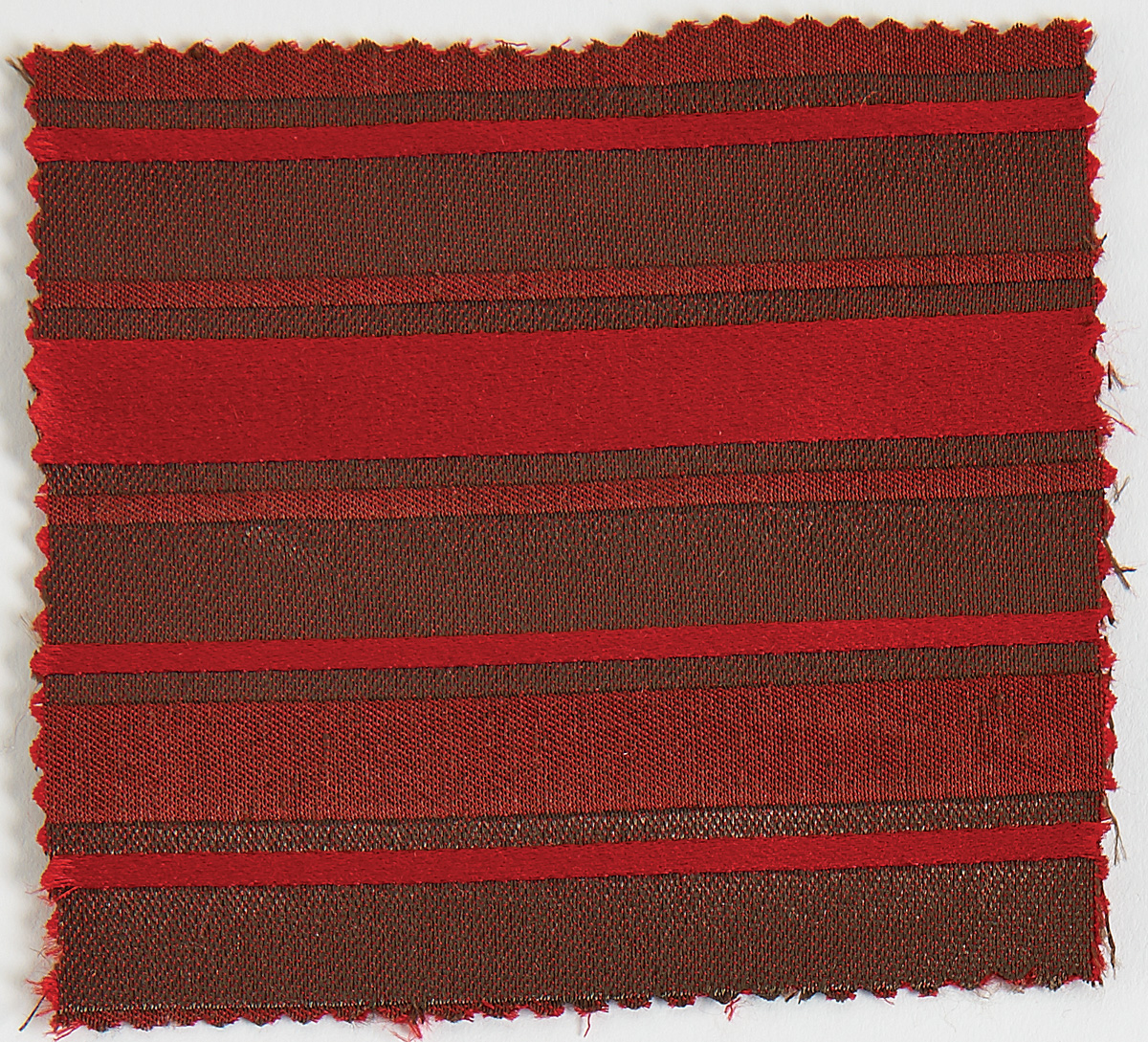
Discover textured weaves
Oh, the magic loom and the beauty it creates! Marvelously patterned fabrics go by many names—brocade, tapestry, damask, jacquard—to list a few. These are the products of masterful looms that weave the design into the fabric, sometimes in multiple layers, many colors, and high or low textures.
We can’t begin to show the hundreds of choices on these pages. But be assured, the designs help launch garment ideas that go beyond the pattern catalogs. It is easy to get involved with the texture and pattern and the coordinating possibilities to make the magic happen in your sewing.
At the home dec store, you’re bound to see fabrics that will never cross the bridge to good garment design. On the other hand, you’ll also find cutting-edge textiles that will turn heads in fashion circles. Try it, you’ll like it.
No Tricks Required for Sewing Home Décor Fabrics
• Prewash cotton fabrics. Plan for shrinkage, especially in the length.
• Sew or serge with all-purpose polyester thread.
• Use a universal or sharp needle in a size suitable for your fabric—as fine as 70/8 for sheer fabrics or as heavy as 120/16 for denim and canvas.
• Most of these fabrics will ravel, so bind or serge raw edges.



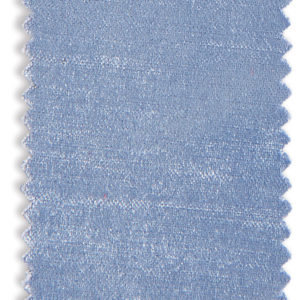
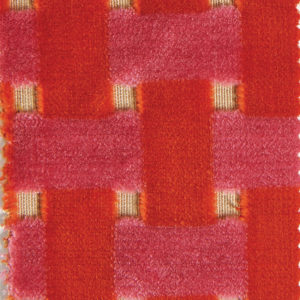
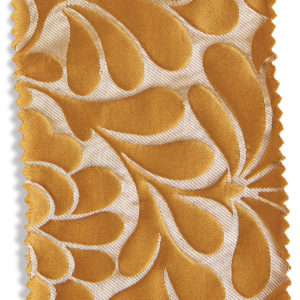
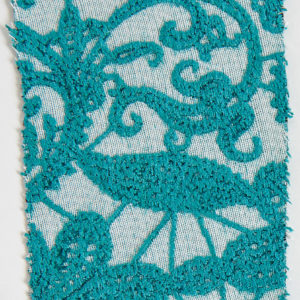
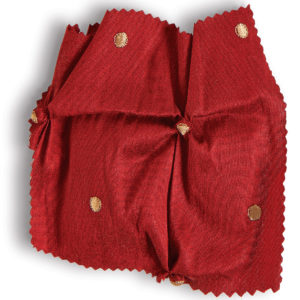
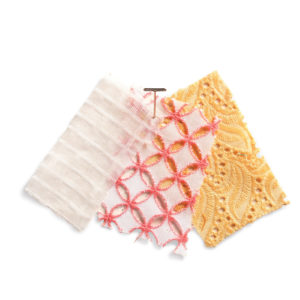
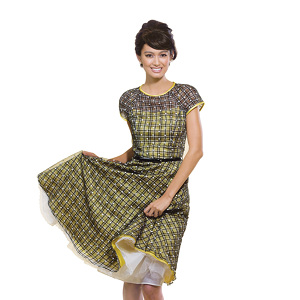


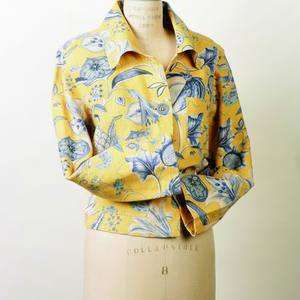

























Having just been dressing the Wicked Queen Avarice for our Snow White Panto I can relate to this. Almost all the fabrics used have been furnishing fabrics, many donated by a local Interior decorator, and others old curtains and other furnishings donated by well wishers. It's amazing what can be made out of a discarded bedspread!
I had learned this In the 60's when my mother had the privilege of sewing for a very well-to-do woman. Together they came up with some wonderful ideas for couture garments. I distinctly remember when the woman came in one day with the gorgeous gold silk brocade draperies she was replacing in her home. The fabric was heavy and rich and from it my mother made a stunning floor length evening coat fit for a queen. From then on I saw home decor fabrics from a completely new perspective.